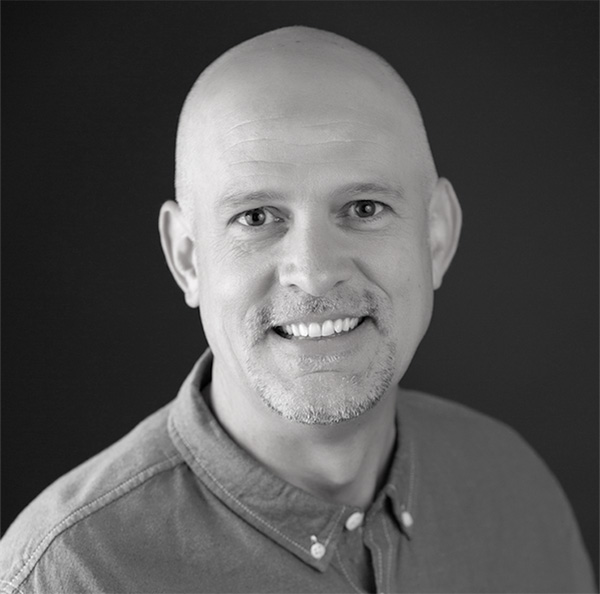Updated: Jul 24, 2020
Coming together is the beginning. Keeping together is progress. Working together is success.” – Henry Ford
It’s About Teams
Simply put – we’re better together than we are apart.
Teams are the increment of success and sustainability. Teams lie between the “top down” and the one lone excellent teacher. Teams allow everyone to come along together.
DuFour and Eaker (1998) recognized and found in their work with Professional Learning Communities (PLCs) that dedicated effort to the processes of teacher teams are essential to sustained improvement of the organization.
Indeed, this work centered on the importance of creating a frame and target from leaders but the real power came when teams had a focus and commitment to their focus.
The Fuel of Teams – The Purpose of the Blog Series
This blog series is designed to assist district leaders, principals, team facilitators, and teachers in hosting the key conversations most needed to support, build and sustain the major initiatives in a school system.
The Answer Lies in Knowing How Teams are Built
So, how do teams function and function well? Teams, in simple terms, are functional units basically comprised of 3 ingredients. The ingredients are the learning network, structures and process (Bloomberg & Pitchford, 2017).
Component 1 – The Learning Network
The learning network in simple terms are the things and behaviors that keep a team functioning and learning together as a team. The things most associated with a healthy learning network are: relational trust, communication, and a common purpose (Bloomberg & Pitchford, 2017).
Component 2 – Structures
The structures of the team are the physical elements that organize a team. Things such as having agendas, having team roles for members (all members if needed), having a designated team facilitator, having group norms of behavior, having a cloud storage solution, and a sharing system for documents, templates, and resources to name a few (Bloomberg and Pitchford, 2017). These concrete items build consistency and strong anchor points for teams. Having structures prevents “aimless drift” and “winging it.”
Component 3 – Process
Finally, the process of the team is the reason why the learning network and structures have to be attended to. In other words, teams don’t act like a team and get organized like a team without a higher purpose. The higher purpose we seek is deep student ownership of learning which is done best with collaborative teams supporting its members with understanding, focus, resources, ideas, and discussion. These actions do not work well in the absence of a learning network and structures. Also, collaborative expertise multiplies the rate and depth of learning for students. Meaning, you may go faster working alone but you go farther working together (Horton, 2017, Bloomberg & Pitchford, 2017).
As teams learn new initiatives to implement in their classrooms or across the school they must have time to collaboratively build an understanding and support structure. This understanding and support structure is the foundation for lasting results and innovation to develop. As understanding of the initiative improves and as teams share via dialogue they grow even greater abilities to find creative methods to serve their students, go deeper, make connections and use existing resources more efficiently. Indeed, dialogue is a powerful and supportive vehicle upon which learning and collaboration are built and sustained. Teams, when able to operate with a functional and supportive learning network (with relational trust), structures and a process, can build and have exponential effects on student learning.
A Call to Action
Take the Diagnostic: To wrap up the Introduction to this blog series, and to get the most out of the dialogues to build relational trust and understanding, complete the diagnostics (Appendices A1 and A2). The results of the diagnostics will be further explored in Parts 1-3 (the 3 easy steps) of collaborate – Focus Area: Innovative Change. The entire blog and resources can be found at https://www.leadteamlearn.com/blog
Group Read: It is encouraged to use this blog series with teams and teammates. If you work through the material this way, the “Thought Questions” are designed to be periodic “stops” and mini-dialogues with teams. Simply facilitate each thought questions by doing a quick whip-around with team and asking quick responses to the posed questions. It is not recommended to spend more than 10-15 seconds per person to respond. These are anticipatory questions and are typically handled in the next section.

